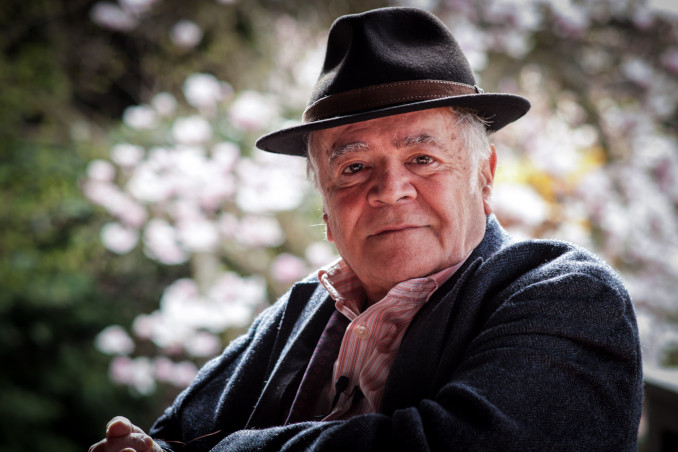
“The primal interest of the U.S., what we fought the wars for centuries—World War I, World War II, and the Cold War—was the relationship between Germany and Russia. Because united, they are the only power that can threaten us, and our interest was to make sure that didn’t happen.”
~ George Friedman, speech at Chicago Council of Global Affairs, 2015
By Catherine Austin Fitts
This week, Thomas Meyer returns to help us place current events in their broader historical context. The interview was filmed in Thomas’s garden, where his pink magnolia tree was in full blossom.
Thomas traces the parallels between the lead-up to World War I and events contributing to the present Russia-Ukraine conflict. He also revisits Rudolf Steiner’s idea of a Threefold Social Order encompassing three central domains of human social activity: the economic, legal, and cultural. Steiner’s vision was of a society structured so that each of these domains could enjoy independence and autonomy from the other.
To understand the parallels between current events in Ukraine and World War I, Thomas recommends Hidden History: The Secret Origins of the First World War by Scottish historians Gerry Docherty and Jim MacGregor, a book that highlights, in Thomas’s words, the “intrigues, tricks, and deceptions” that British elites used to draw a reluctant Germany into war. The Scottish press roundly ignored the book’s publication in 2014, just as the old media now fail to mention U.S. and NATO aggression in crossing Russia’s clear “line in the sand” in Ukraine.
In both centuries, Western elites have been committed to preventing Germany and Russia from combining forces. The West’s dread of a German-Russian cultural and industrial juggernaut came across loud and clear when NATO’s first secretary-general, Lord Ismay, was asked why NATO was needed: “To keep the Soviet Union out, the Americans in, and the Germans down.” (Thomas points out that NATO is shameless enough to still feature this quote on its website.) In more recent times, geopolitical forecaster George Friedman has asserted that German-Russian collaboration would pose an existential threat to the U.S.
In Part 2 of the interview—accessible to Solari subscribers only (Part I has been published seperately as a public Solari Report)—Thomas discusses the pivotal historical role and spiritual journey of Helmuth von Moltke, who served as Chief of the Great German General Staff in the early part of World War I, until the Kaiser dismissed him after the Battle of the Marne. Moltke’s extensive correspondence and communications with Rudolf Steiner provide revealing insights on hidden causes of WWI that are still relevant today.
As a curious historical coincidence, Putin’s KGB office during his sojourn in Dresden (then part of East Germany) in the 1980s also served at one time as the headquarters of the German Anthroposophical Society. Thomas notes that Putin “knows more about German culture than most current German politicians.”

On May 5, we will resume publication of our 1st Quarter 2022 Wrap Up with the Equity Overview & Rambus Chartology. On May 12, attorney Carolyn Betts will join me to discuss our 1st Quarter 2022 Wrap Up theme—Special Purpose Acquisition Companies (SPACs): Investment Craze or Reset Laundry?
In Money & Markets this week, John Titus and I will cover the latest events and continue to discuss the financial and geopolitical trends we are tracking in 2022. E-mail your questions for Ask Catherine or post at the Money & Markets commentary here.
Please join us this Thursday, April 21 for this timely reflection by Thomas Meyer.
Talk to you Thursday!
Related Solari Reports:
Spiritual Science Academy with Thomas H. Meyer
Special Solari Report: The Three Fold Social Order with Thomas Meyer

Related Reading:
Hidden History: The Secret Origins of the First World War
Foreword and Introduction by T.H. Meyer to first English edition of Light for the New Millennium (correspondence between Rudolf Steiner, Helmuth von Moltke, and Eliza von Moltke)
Helmuth von Moltke the Younger (Wikipedia)
